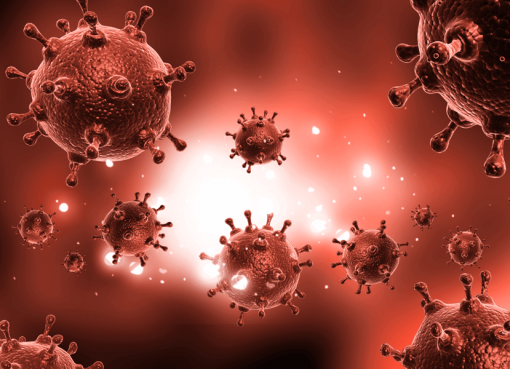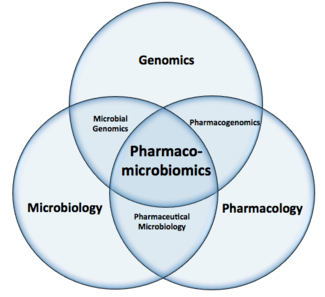Scientists from J. Craig Venter Institute, La Jolla, California created a history in modern Biology when they announced in May 2010 creation of a ‘synthetic cell’ by replacing the genome of a bacterium with a man-made synthetic genome. “We call it the first synthetic cell; these are very much real cells”, said the pioneering scientist, Craig Venter, who supervised the entire project. The institute spent over 40 million dollars for this project. Dr. Venter and his colleagues have been pursuing the project for a long time since 1995.
To create the ‘synthetic cell’, the team of scientists headed by bioengineer Daniel Gibson and Craig Venter himself, first mapped the entire genome of a small bacterium Mycoplasma mycoides and using computational methods, designed a
model genome by retaining only the essential genes and eliminating the ‘non-essential’ ones. Then they took another strain of a related species of bacteria, Mycoplasma capricolum, removed its genome and subsequently replaced it with an artificially created synthetic genome produced at a DNA sequencing company, Blue Heron Bio in Bothell, Washington based on their computer generated model. Following this, to the utter surprise of everyone, the organism not only survived but also started replicating – at the same time, converting the species totally from Mycoplasma capricolum to Mycoplasma mycoides.
“We make a genome from four bottles of chemicals; we put that synthetic genome into a cell; that synthetic genome takes over the cell. The cell is entirely controlled by that new genome”, said Dr. Daniel Gibson. To set this novel bacterium and all its descendants, apart from any natural creation, Dr. Venter and his colleagues wrote their names into its chemical DNA code, along with three apt quotations from James Joyce and others. These genetic watermarks will, eventually, allow the researchers to assert ownership of the cells (Hotz, 2010).
This development heralds a new era in synthetic biology and many scientists believe that the laboratory technique used for this purpose would soon be applied to other strains of bacteria with commercial potential. In fact, several companies have already started exploring the possibility of using this technology in respect of industrially important organisms. Dr. Venter has founded a company named Synthetic Genomics, Inc. which has already joined hands with a number of bio-based industries to carry forward R & D initiatives in this direction.
The development, however, stirred a new controversy relating to ethics, law and public safety associated with creation of artificial life. Environmental groups also reacted quickly. Soon after the announcement of the innovations by the scientists, ‘Friends of the Earth International’, an international network of environmental organizations in 74 countries, issued a statement asking the Environmental Protection Agency and the Food and Drug Administration “to fully regulate all synthetic biology experiments and products”. The ETC Group, another environmental group based in Canada, called for a global moratorium on synthetic biology.
Two major threats, more specifically associated with synthetic genomics/biology applications may emerge in future: (i) Large-scale custom DNA synthesis (and new genome assembly techniques) combined with knowledge from functional genomics on pathogens might facilitate the generation and malicious use of new pathogens. (ii) It may become more difficult, or even impossible, to assess the risks of extensively genetically modified or entirely “synthetic” future organisms, based on similarities with donor and recipient organisms. Curbing negative consequences of this kind on a global scale may require products or applications to be subjected to broadly applicable and effective environmental, socio-economic and ethical standards, irrespective of the exact nature of the underlying technical approach (Konig et al., 2013).
References:
Baker, M. (2011). The next step for the synthetic genome. Nature 473: 403-408.
Hotz, R.L. (2010). Scientists Create Synthetic Organism. The Wall Street Journal, https://www.wsj.com/articles/SB10001424052748703559004575256470152341984 (Accessed on 26.06.2017).
Konig, H.; Frank, D.; Heil, R. and Coenen, C. (2013). Synthetic Genomics and Synthetic Biology Applications Between Hopes and Concerns. Current Genomics 14: 11-24.
Dr. Probodh Borah
Head, Department of Animal Biotechnology
College of Veterinary Science, AAU
Khanapara, Guwahati-781022




